1. Lovebirds
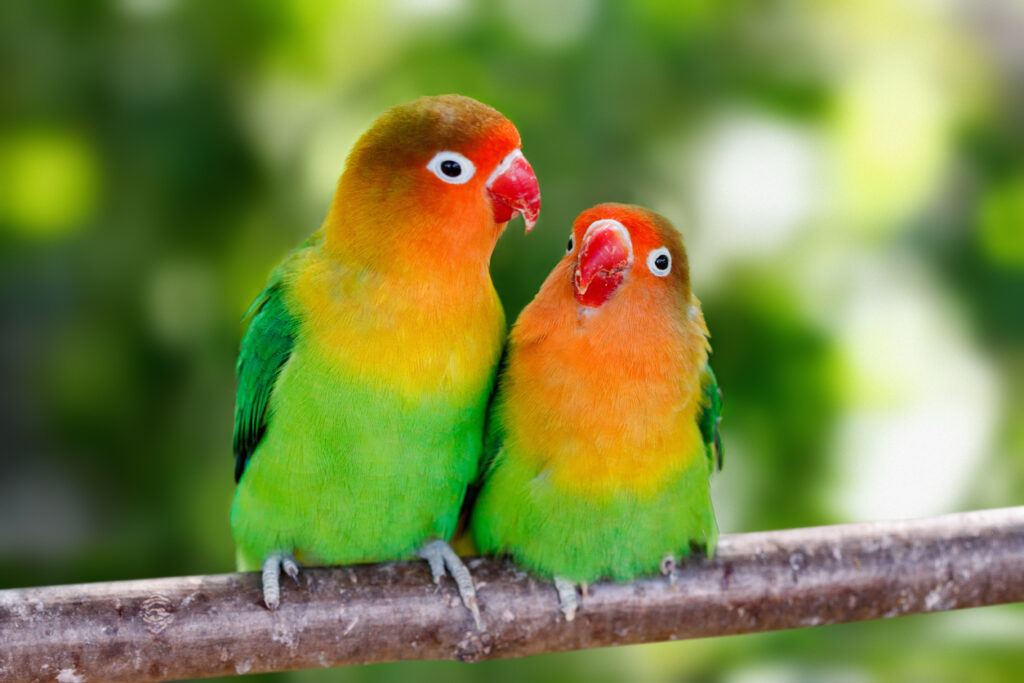
These tiny parrots are more than just cute companions. Lovebirds build strong emotional ties with one partner, often feeding, grooming, and snuggling together for hours. If one dies, the surviving bird can become visibly depressed and withdrawn. It may stop eating, refuse to interact, or sit in the corner of its cage for long periods. Some bounce back with a new mate, while others don’t. It’s a quiet kind of heartbreak that’s hard to miss. They might be small, but their loyalty runs deep, showing us that love isn’t about size. It’s about presence, care, and shared moments.
2. Swans
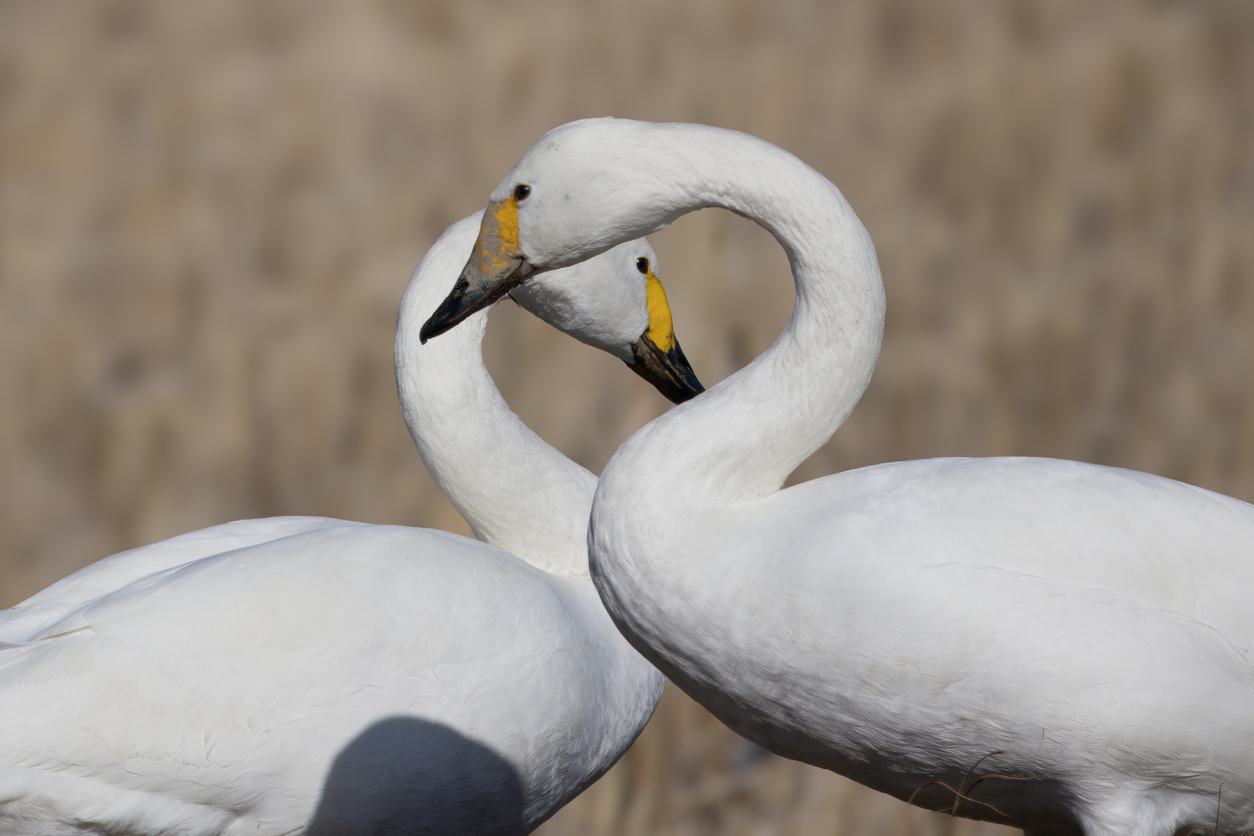
Few animals are more romantic than swans. They pair off early, swimming side by side through life, raising their cygnets and defending territory as a team. When one dies, the other may continue gliding alone, sometimes calling out or lingering near the old nesting site. Some swans find a new mate eventually, but many do not. Their bond is not just instinct, it’s a true partnership built on seasons spent together. Watching a single swan drift quietly on the water feels like a moment of stillness. The silence beside them speaks of what used to be shared.
3. Bald Eagles
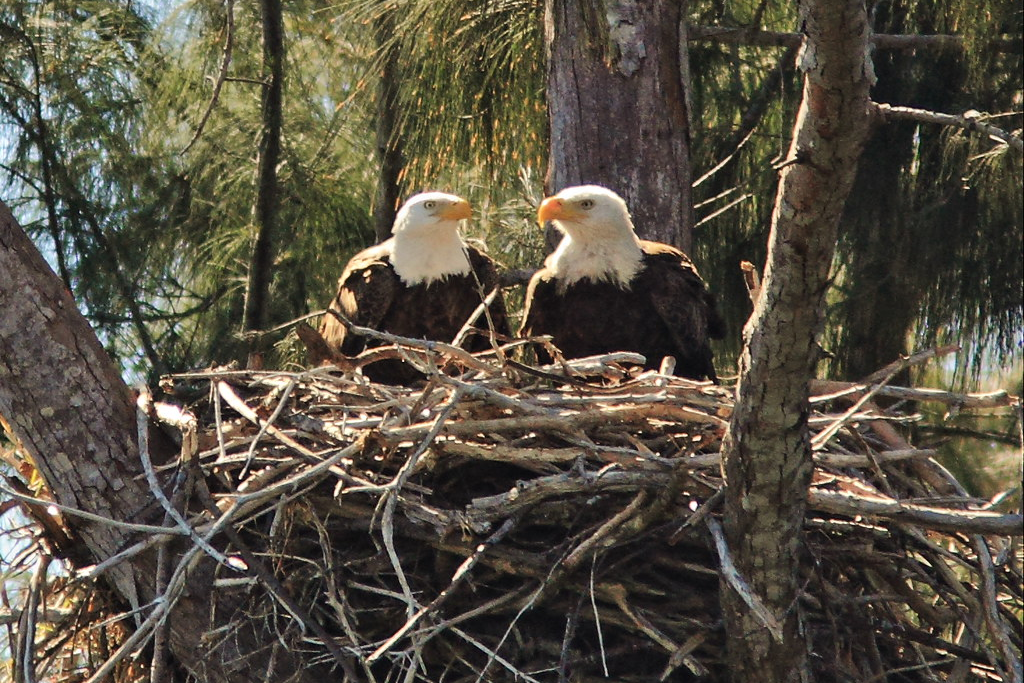
Bald eagles pair for life and return to the same massive nest each season, adding sticks and memories together over the years. If one eagle dies, the survivor often appears disoriented, circling alone or lingering at the empty nest. Eventually, the eagle may attract a new partner, but the shift can take time. These birds are known for strength and independence, yet their loyalty to one another adds a softer layer. Their nests become a symbol of commitment, not just structure. And when one is missing, it’s not just the sky that feels wide open, it’s their world too.
4. Barn Owls
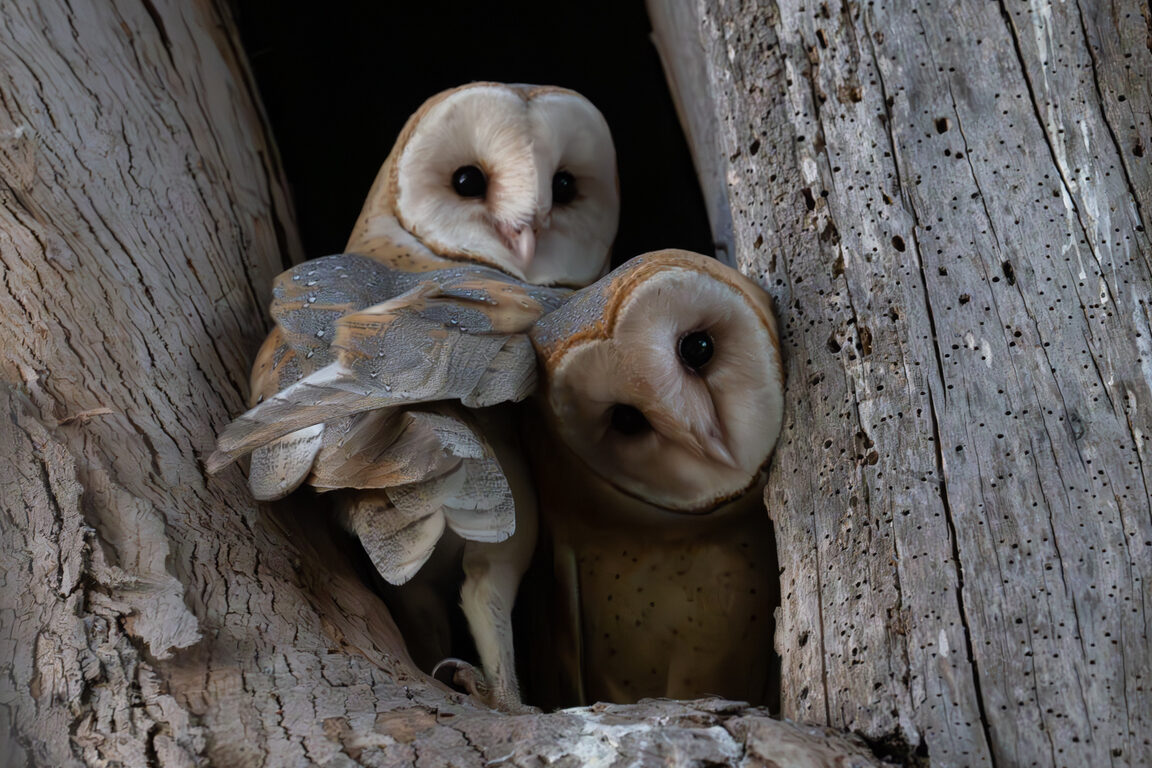
Barn owls don’t just return to the same nest, they return to the same partner. They’re nocturnal, so their love stories play out quietly in the shadows. When one dies, the remaining owl often stays near the nesting site, waiting or calling in vain. They may skip breeding the next season or disappear for a while. There’s a stillness in their grief that doesn’t scream, but it lingers. Some eventually choose a new mate, but it’s never rushed. In the soft hush of night, their loyalty feels more like a whisper, echoing through barns and fields long after it began.
5. Albatrosses
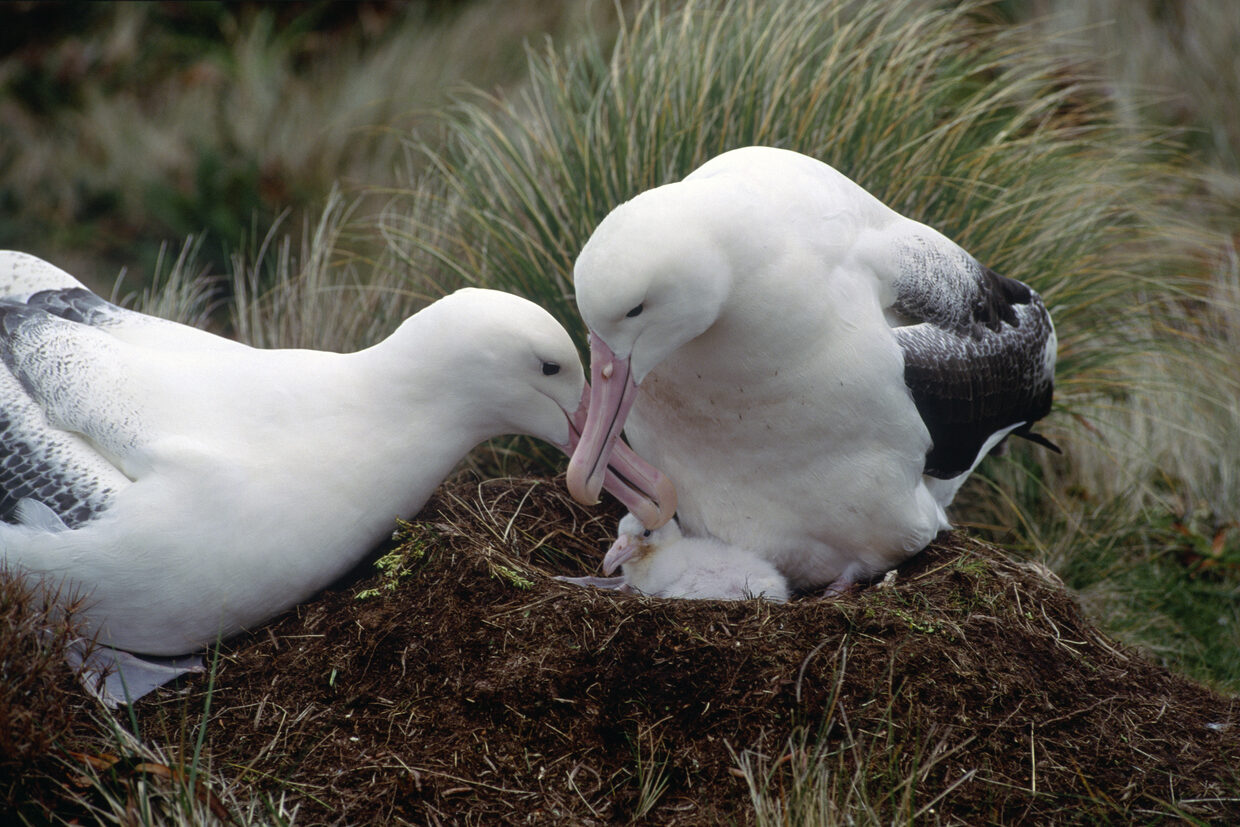
Albatrosses live apart most of the year, soaring alone across the sea. But each breeding season, they return to the same mate, finding one another through a dance they’ve known for years. When a partner doesn’t return, the other may wait at the nest for a season or two before moving on. Some never do. Their patience isn’t dramatic, it’s steady. They trust the bond. In a world full of flight and freedom, their loyalty is grounded. It’s a quiet reminder that some connections stretch across oceans and time, and when one breaks, the wind carries something different.
6. Sandhill Cranes
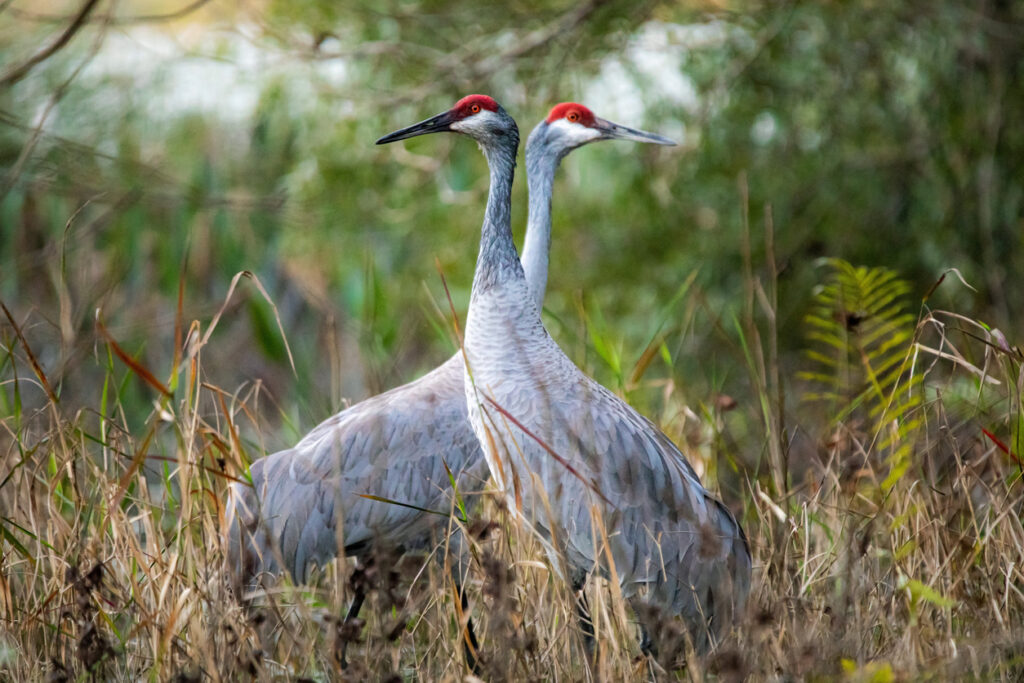
Sandhill cranes choose a mate and stick together through migrations, chick-raising, and annual reunions. They’re known for their beautiful, choreographed dances, which they perform together every season. If one crane dies, the other often calls out alone or returns to nesting sites without interest in pairing. Some eventually choose a new mate, but many take years. There’s something moving about a lone crane still dancing, out of rhythm but full of memory. Their devotion doesn’t end when one is gone. It lingers in movement, in flight, and in every echo of the dance they once shared.
7. Beavers

Beavers are team players in the truest sense. Mated pairs work side by side to build dams, lodges, and lives. When one dies, the other continues the work, often with less energy or enthusiasm. Some find a new partner, but older beavers might not. They keep tending their structure as a memory, almost like a tribute. There’s no fanfare, just a rhythm that changes. Their bond isn’t flashy, but it’s firm. In every stick stacked and tunnel carved, you can see the echo of cooperation. When half of the team is gone, the river sounds a little quieter.
8. Gibbons

Gibbons pair off and sing duets from the treetops to reinforce their love. Each song is unique to the couple, like a signature only they understand. When one gibbon dies, the forest feels quieter. The surviving partner often stops singing for a while or stays alone, mourning in stillness. Some eventually find a new voice to match, but it’s never the same tune. In a world filled with noise, their silence stands out. Their love isn’t just loud, it’s layered with rhythm and ritual. When one voice fades, the harmony loses more than just a note.
9. Gray Wolves
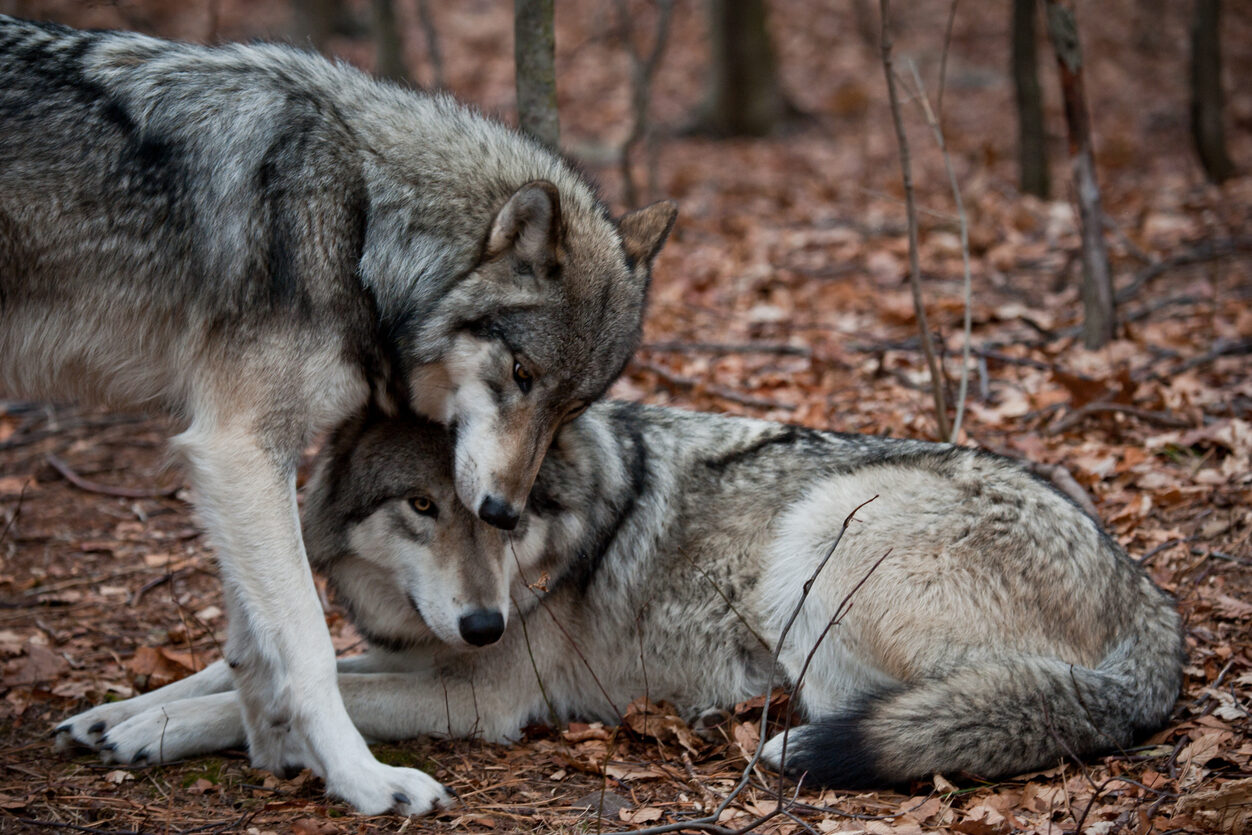
Gray wolves live in packs, but everything begins with a monogamous alpha pair. They lead together, raise pups together, and make decisions as one. When one dies, the pack feels the shift. The surviving mate may act unsettled or pace the territory more often. Sometimes, leadership changes completely. Their bond isn’t just romantic—it’s functional, emotional, and foundational. Wolves remind us that true partnership is about shared purpose. And when half of that purpose disappears, the structure doesn’t crumble, but it trembles. In the still wild, even fierce loyalty leaves behind a soft, aching space.
10. Dik-diks
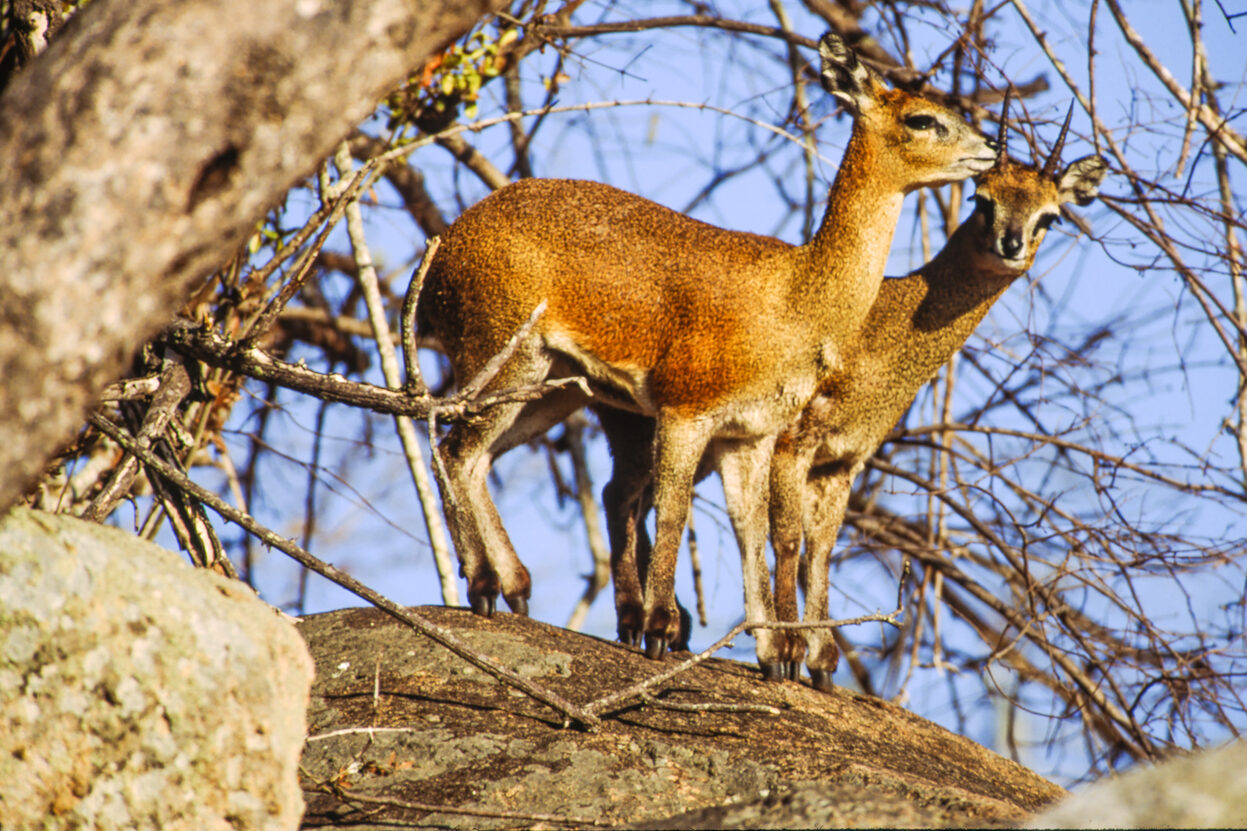
Dik-diks are miniature antelopes with big emotions. Once they find a mate, they stick together and defend their territory as a pair. If one dies, the other often lingers, patrolling the same space and calling out softly. Some may eventually take on a new mate, but they don’t rush the process. In their world of rustling grass and hidden corners, their loyalty is fierce yet quiet. Watching them pace the same paths alone feels oddly familiar. They may be small, but their hearts are full-sized. Their love story lives in the routines they keep, even when one is gone.
11. Macaroni Penguins

Macaroni penguins may look quirky with their wild yellow crests, but they take love seriously. Each breeding season, they waddle back to the same rocky grounds, calling out for their lifelong mate. When one doesn’t return, the other often waits or searches in the crowd. Some find new partners, but not without hesitation. Their bond isn’t just habit, it’s comfort in chaos. Among thousands of squawking birds, they remember each other’s sound. In the chill of the Antarctic air, their loyalty stands out. Even if they eventually re-pair, there’s always a pause, a beat of silence that used to be shared.
12. French Angelfish
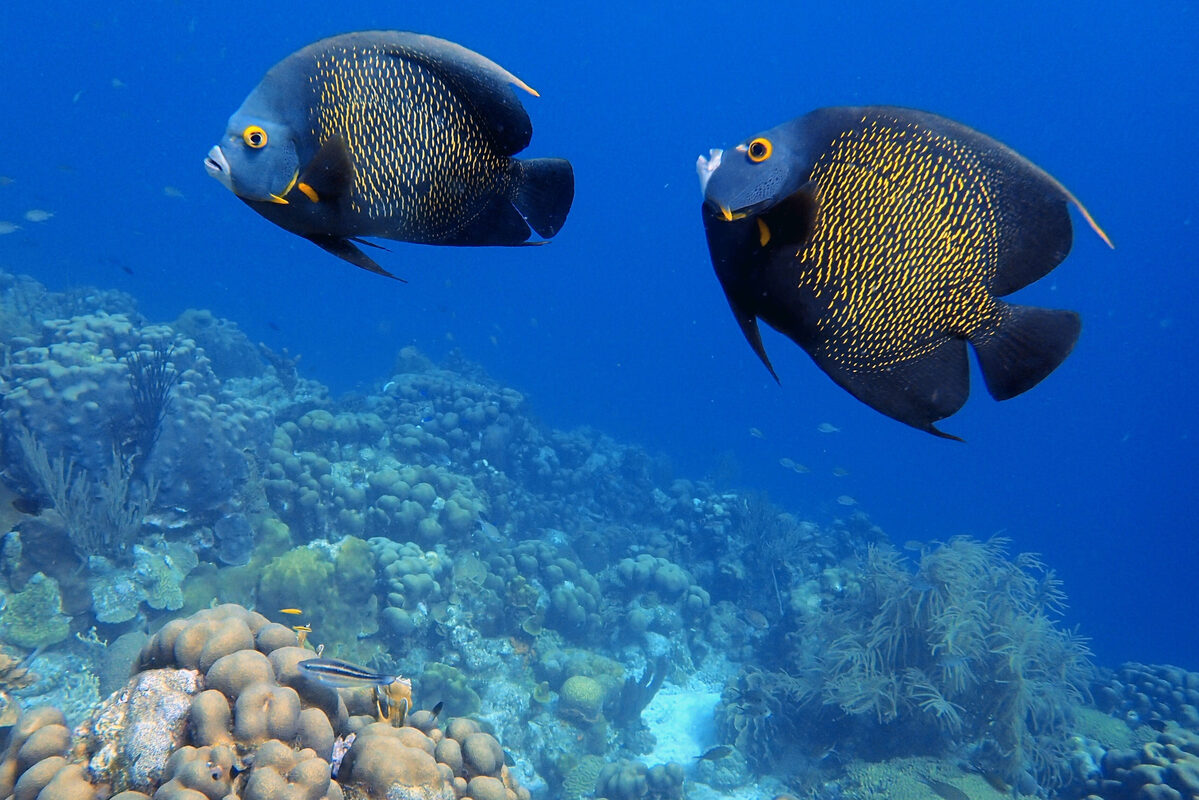
French angelfish are underwater romantics. They swim in pairs, eat together, defend their territory, and rarely stray far from each other. Their movements are so coordinated, it’s like watching a couple dance in slow motion. When one dies, the other often becomes reclusive, sometimes abandoning familiar reefs. Though they may eventually find another partner, the absence is felt in every solo circle they swim. Their bond isn’t flashy, just steady. In a world of bright coral and fast predators, their calm presence beside one another is soothing. When that space becomes empty, the ocean feels a little less graceful.
13. Prairie Voles
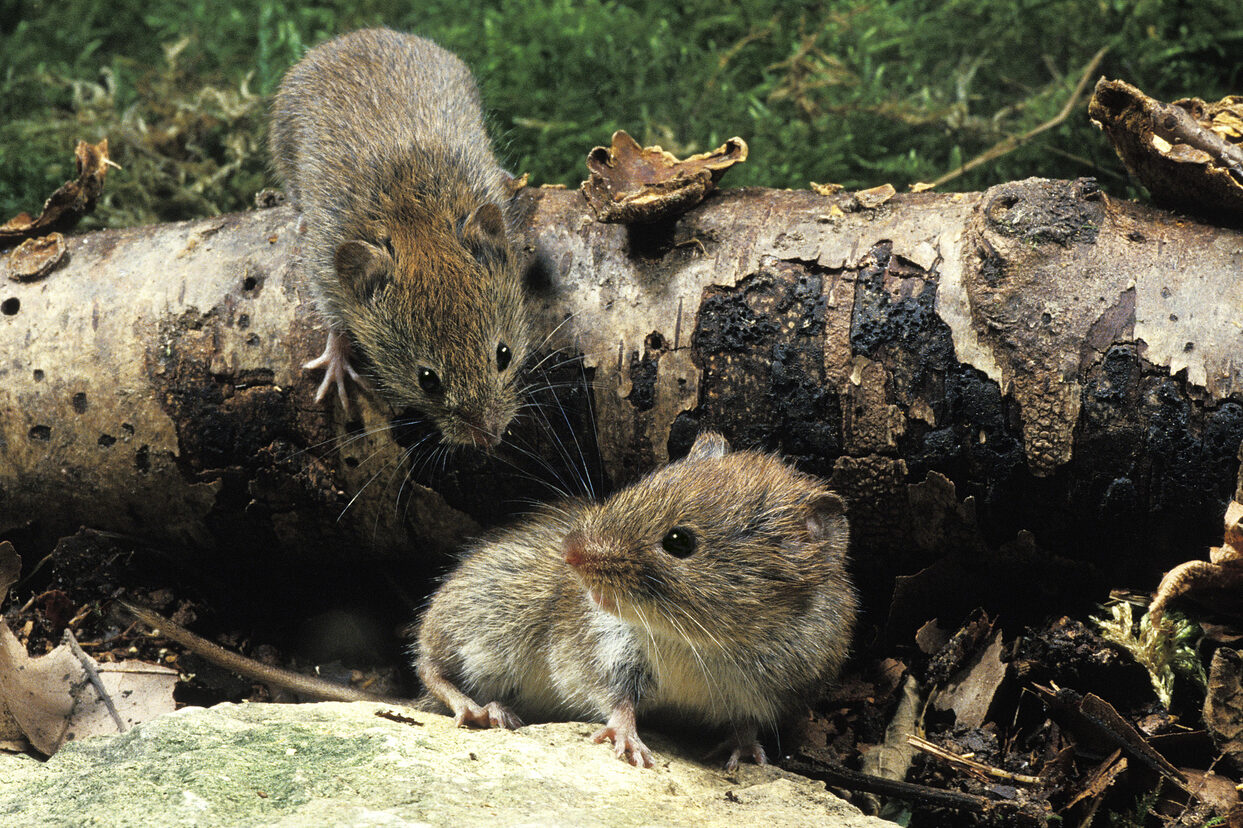
Prairie voles are surprisingly affectionate. They cuddle, groom, and share nest duties with one mate, forming emotional bonds rarely seen in rodents. If one partner dies, the survivor shows signs of grief, becoming less social or avoiding former routines. Some refuse to bond again, staying solo even when new mates are nearby. It’s not loud grief, but it’s lasting. Their connection is tender, built on shared warmth and quiet closeness. Watching a vole linger where its partner once slept reminds us that comfort can be found in the smallest gestures, and loss can echo through the softest spaces.
14. Shingleback Skinks
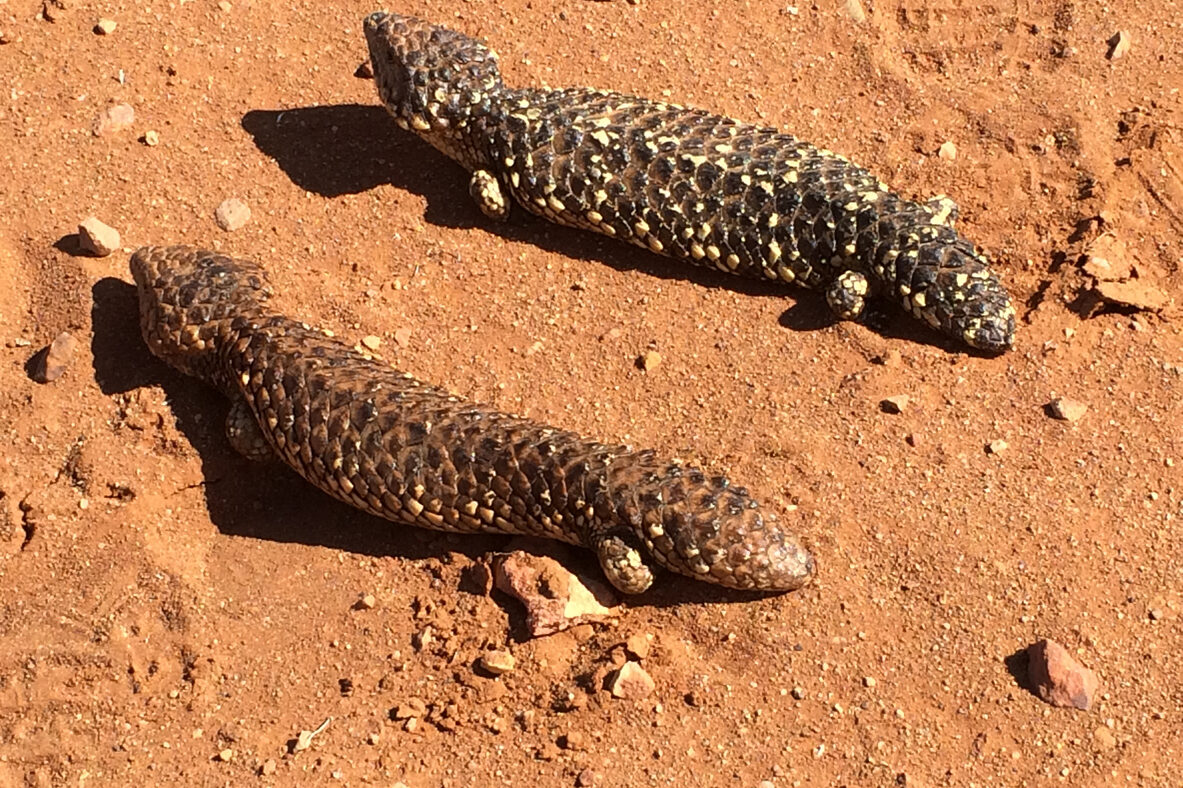
Shingleback skinks aren’t flashy, but they’re dependable. These stout Australian lizards reunite with the same partner every mating season, often traveling long distances to find each other again. If one doesn’t return, the other may wander alone or linger in the shared space before slowly moving on. Their loyalty is lived in routine and patience, not display. They aren’t emotional in the way mammals are, but the consistency speaks volumes. In the dry outback, where survival is tough, they choose familiarity. When it’s missing, they still follow the same paths, quietly carrying memories in their slow, steady steps.
15. Scarlet Macaws
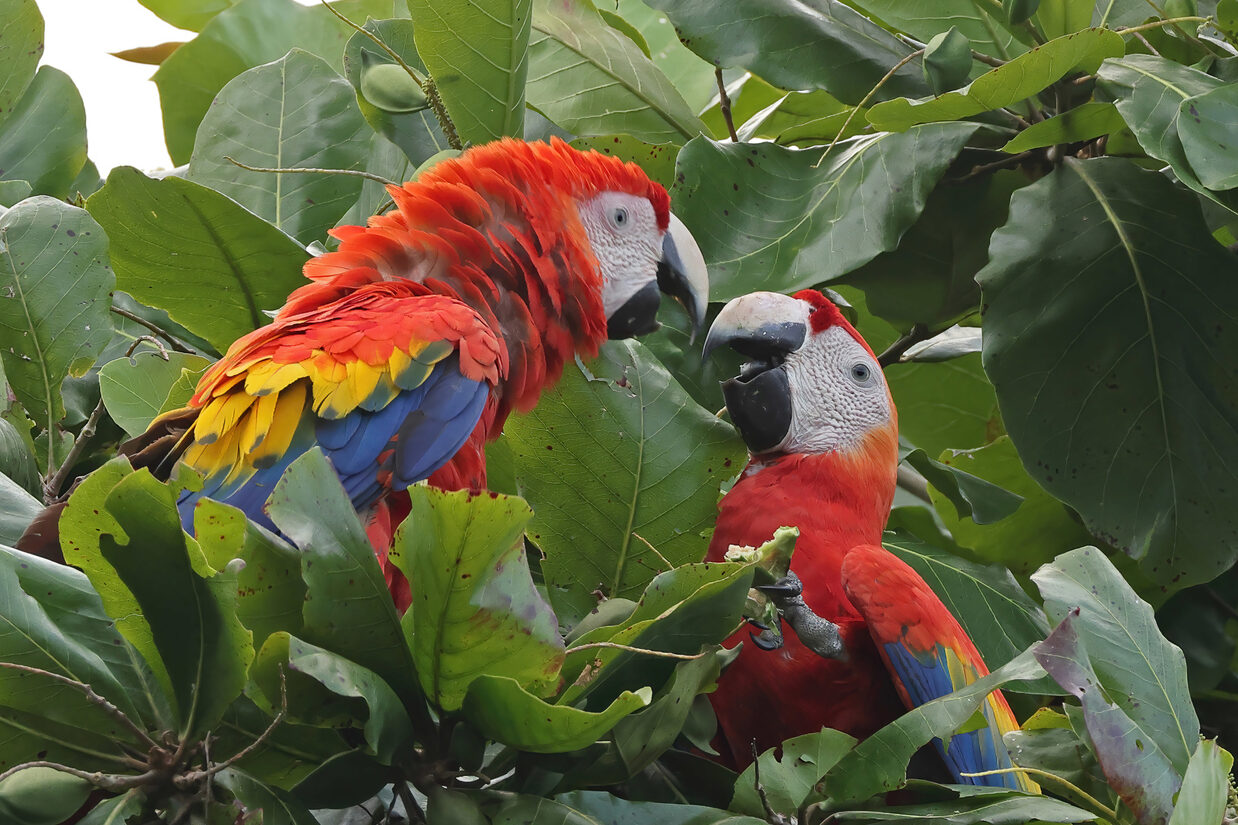
Scarlet macaws are known for their vibrant feathers and even brighter bonds. They form deep connections with one mate, flying in pairs, grooming each other, and nesting high in the trees. When a partner dies, the other often becomes withdrawn, sitting silently or calling into the air. Some never re-pair, especially if they’ve been together for many seasons. Their love is loud in life and quiet in loss. Among the canopy’s flash and chatter, their silence is striking. Watching a lone macaw on a branch once shared tells a quieter story, one painted in memory rather than color.
16. California Condors

With their massive wingspans and rare numbers, California condors don’t take relationships lightly. They often stay with one partner for years, raising chicks in cliffside nests and soaring together. When one dies, the survivor may continue to return to their nesting site alone or become less active. Re-pairing is possible, but not quick. In a species so fragile, every bond matters. Their loyalty isn’t about comfort, it’s survival. Each connection helps keep the species alive. When one link breaks, the whole chain feels it. Among the cliffs and winds, their love is both ancient and essential.
17. Mute Swans
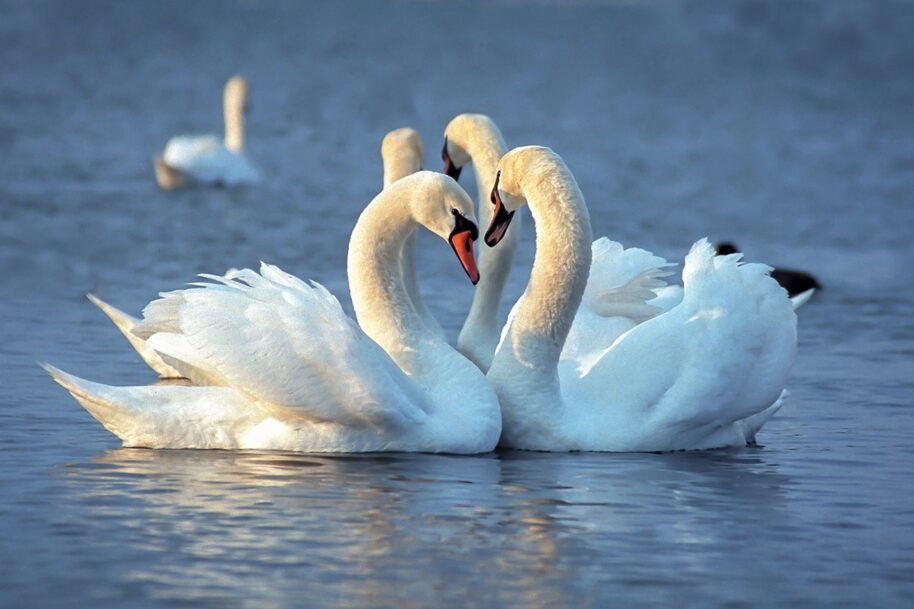
Mute swans don’t need noise to show love. They glide together, raise cygnets, and protect their water like a royal couple. If one dies, the other may stay alone, floating silently in familiar territory. Some swans never choose a new mate, continuing rituals out of habit or memory. It’s not a performance, just devotion. Their arching necks once curved toward each other like a heart, now resting still. Even without words, their partnership speaks. And in the hush of dawn, watching one swan drift alone, the loss feels real. Graceful in love, they are graceful in loss too.
18. Ospreys
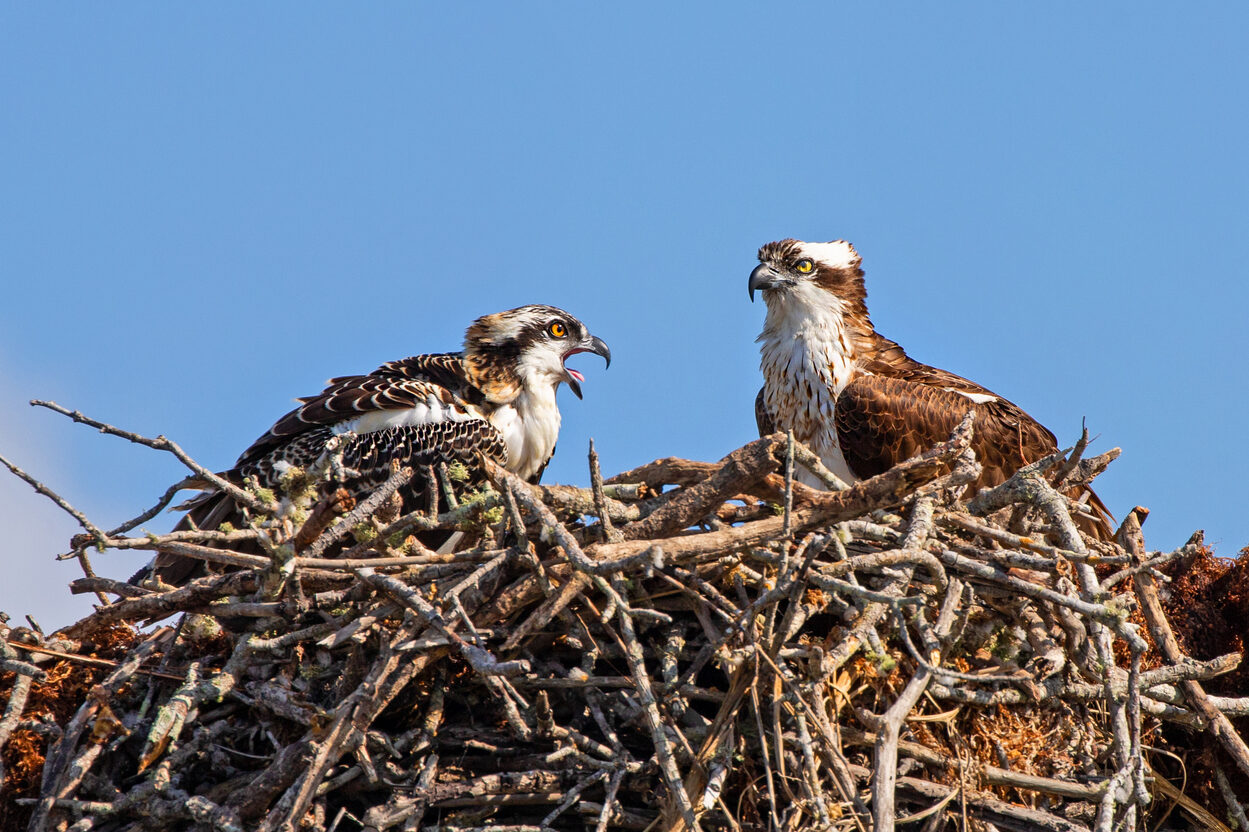
Ospreys return to the same tall nests each year, often with the same mate, rebuilding together and raising chicks on high platforms. If a partner is lost, the other may wait at the nest, occasionally calling out. Eventually, a new mate may arrive, but the transition feels marked. Ospreys invest in place and memory, and the nest tells a story of seasons spent side by side. It’s not dramatic grief, but a pause, a moment held longer than usual. Their devotion is built into the structure they share, and when one is gone, the air around it changes slightly.
19. Whooping Cranes
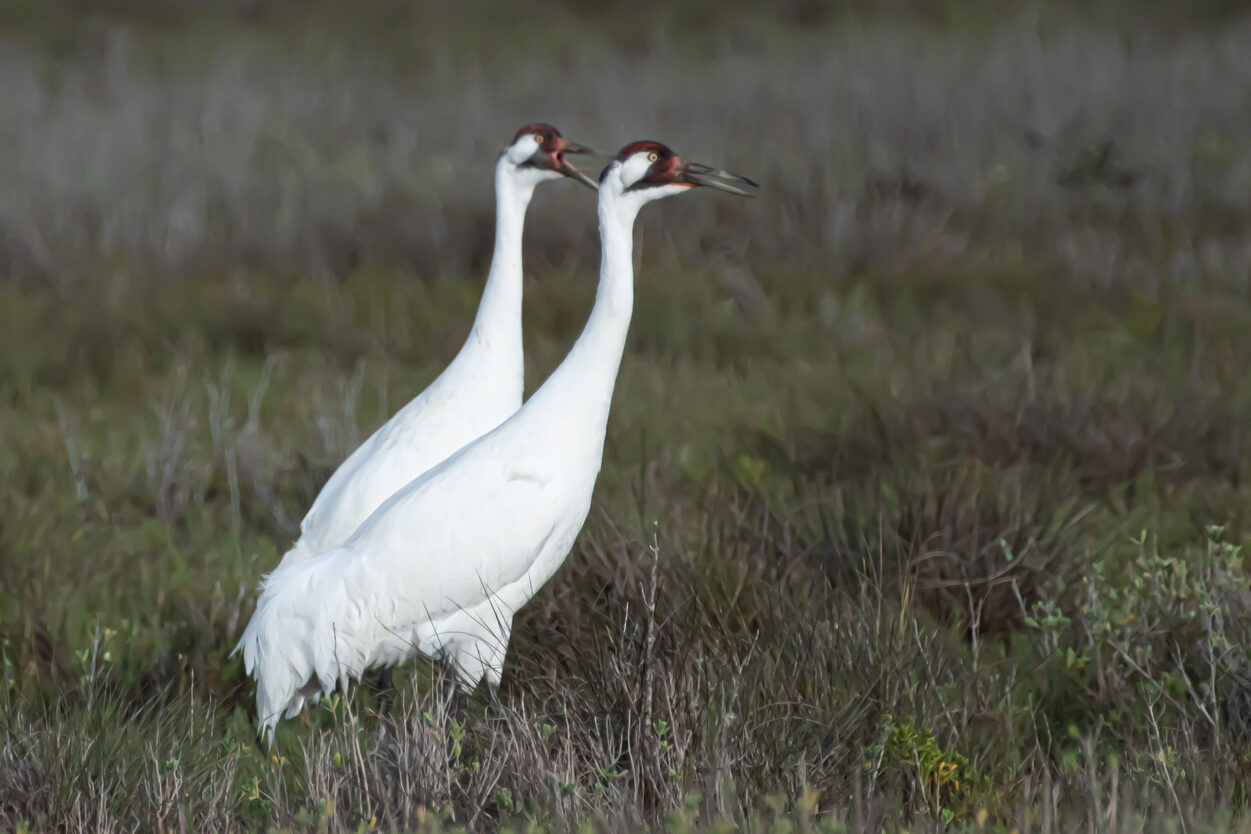
Whooping cranes are rare and careful, both in life and in love. They form close pairs, migrate together, and raise young in quiet wetland nests. When one dies, the other often isolates, moving less or calling out. Re-pairing might happen after some time, but only if the bird chooses to continue breeding. These cranes aren’t in a rush. Their loyalty is deliberate, built slowly and held with care. In a world where their kind is dwindling, each bond is precious. When one is lost, it’s not just a mate gone—it’s a little more of the species’ future carried away.
20. Black Vultures
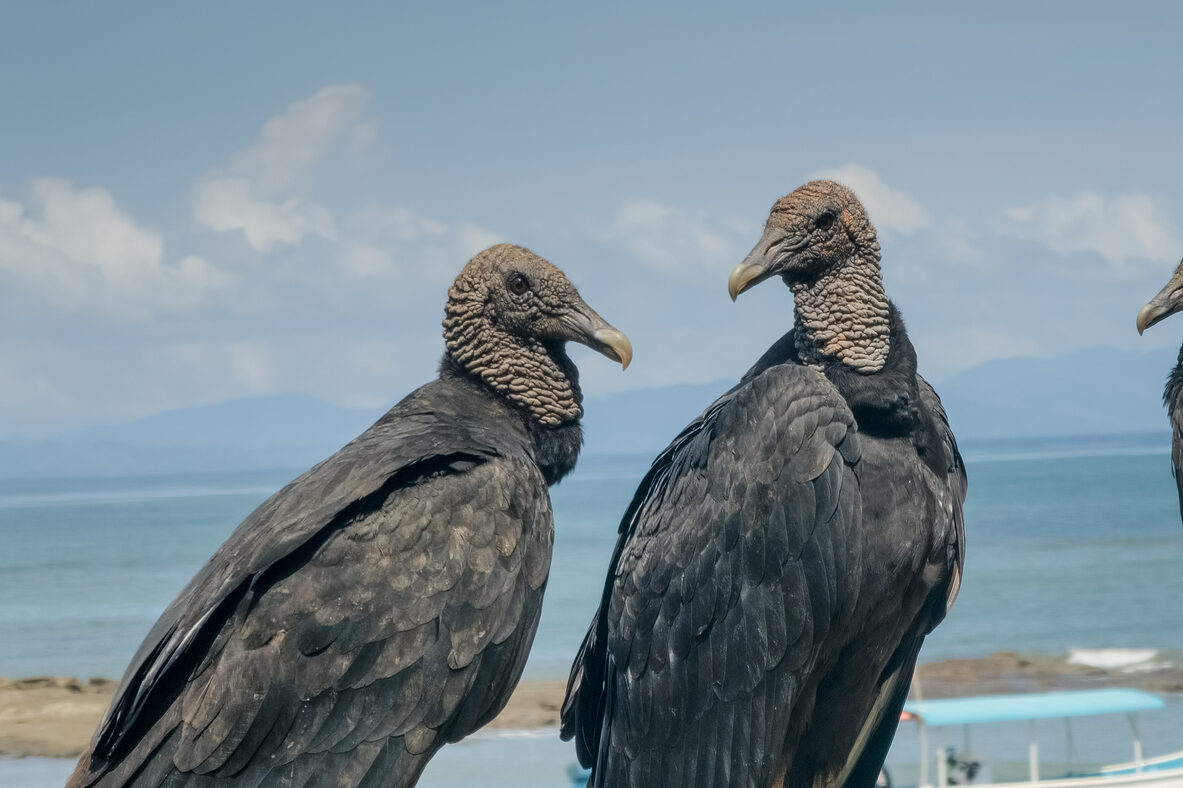
Black vultures might not seem romantic, but their loyalty is real. They form lifelong pairs, roost together, and co-parent their chicks with surprising tenderness. If one dies, the survivor can appear restless or hover near the last nesting site. Family groups sometimes gather around the widowed bird, a quiet support system in the sky. They may re-pair eventually, but not immediately. There’s a stillness in their grief, a gap in flight patterns and shared roosts. These birds, often misunderstood, show us that love doesn’t need beauty. It just needs constancy. And when that is lost, the silence is felt.
21. Convict Cichlids
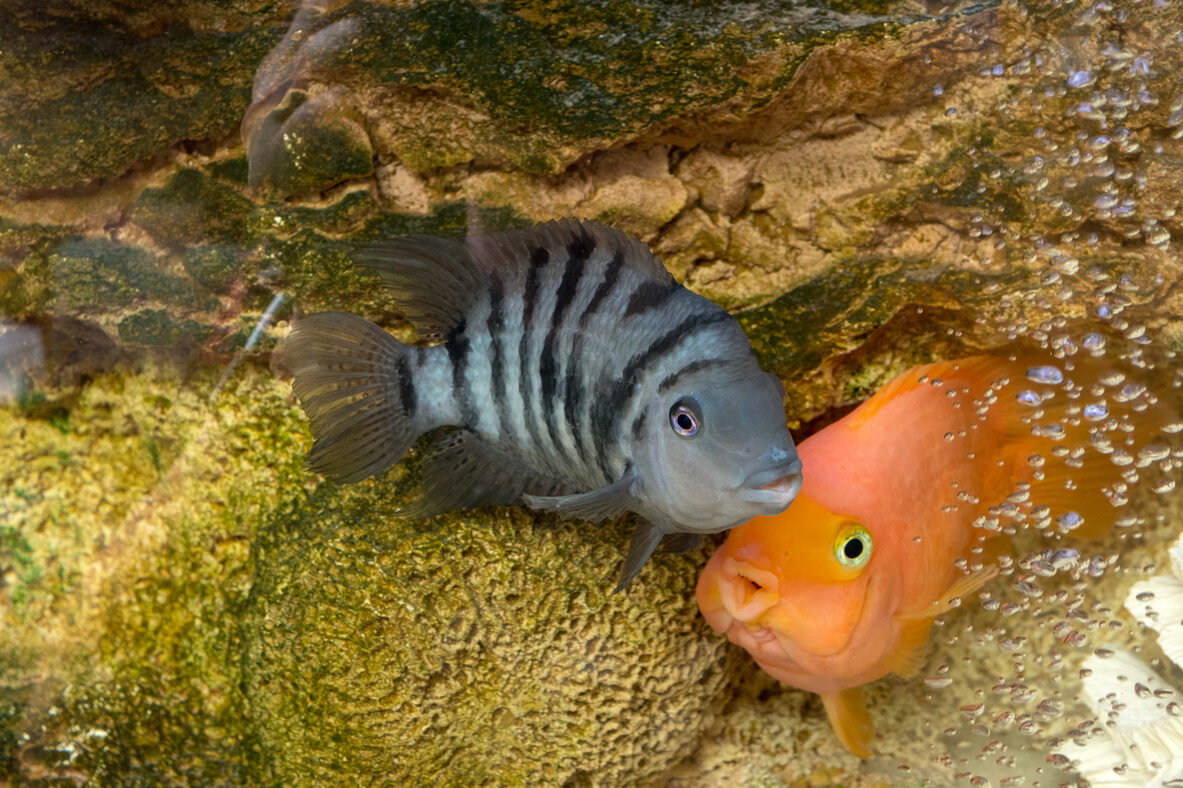
Convict cichlids get their name from their striped appearance, not their loyalty. Once they pair up, they work as a team to guard eggs and protect fry with fierce devotion. If one partner dies, the remaining cichlid often becomes overly aggressive or abandons the nest. Some find a new partner, but the change is rarely smooth. Their relationship is rooted in protection and rhythm. In the underwater world of rocks and caves, shared parenting is survival. When one half is missing, the other feels more exposed. Even in a fishbowl, the space beside them matters.
22. Termites (some species)

In certain termite species, a queen mates with one king for life. Together, they rule a colony, raise millions of workers, and maintain balance underground. When the king dies, the queen may stop reproducing or become vulnerable to colony collapse. Some termite species will replace a king, but others don’t recover. The royal pair is more than reproductive, it’s foundational. Their partnership holds the structure together, quite literally. Losing one is like losing a pillar in the dark. In a world we rarely see, loyalty still reigns, hidden beneath our feet in quiet persistence.
23. Jackals
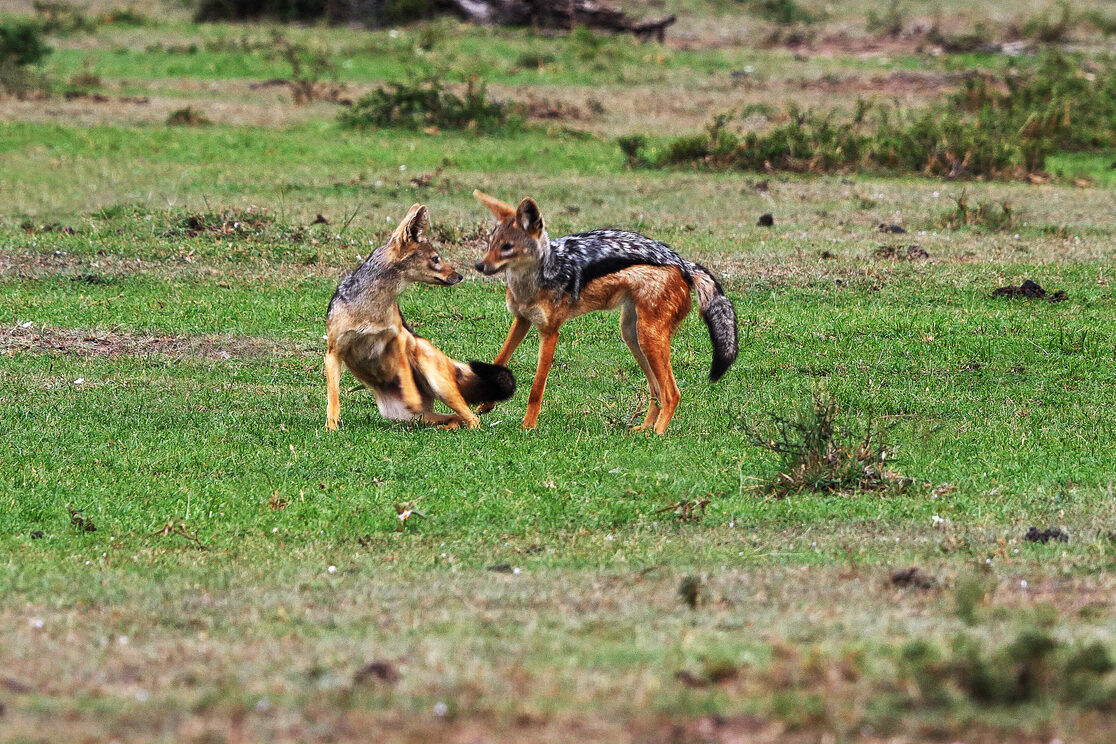
Jackals form monogamous pairs that hunt, defend territory, and raise pups together. Their bond is strong, forged through cooperation and daily survival. When one mate dies, the other may call out more frequently or patrol alone. Re-pairing can happen, but the change is noticeable in their patterns. Jackals thrive through teamwork, and without it, they often struggle to maintain their place. They’re scrappy and adaptable, but loyalty runs deep. In the brush and the twilight hours, a lone jackal on familiar ground is a reminder that love, even in the wild, leaves something behind when it’s lost.
24. Pigeons
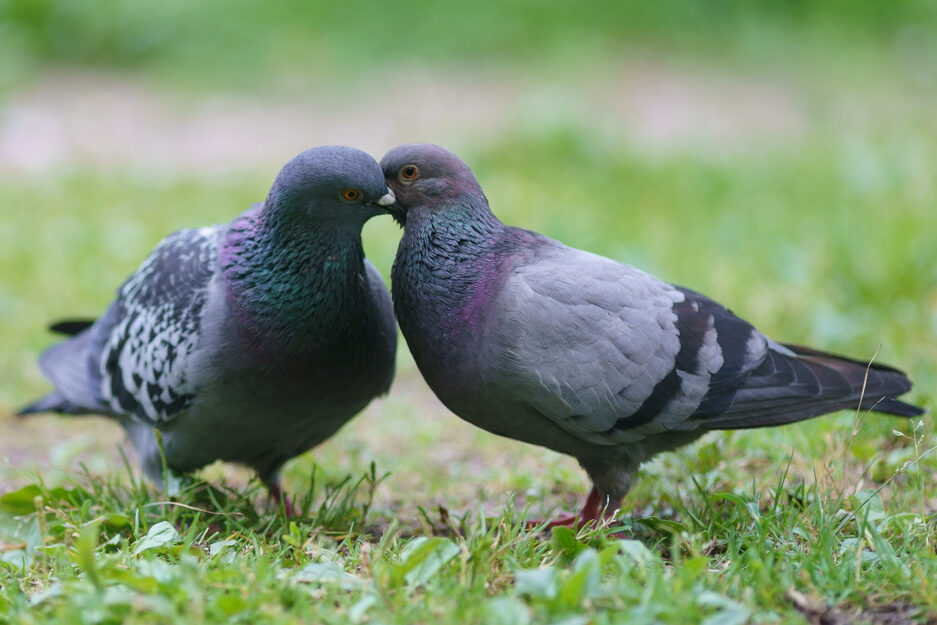
Pigeons might be everywhere, but their partnerships are personal. They form tight bonds with one mate, nesting in hidden corners and raising chicks together in tandem. If one dies, the surviving pigeon often waits at the same roost or calls softly for days. Some re-pair quickly, while others take longer. Their devotion is easy to overlook, but it’s real. Even in the busiest cities, where chaos never sleeps, pigeons find one another and build something together. When one is missing, the skyline still moves, but a single wingbeat feels off. In love and in flight, their rhythm matters.
This story 24 Animals That Mate for Life and What Happens When One of Them Dies was first published on Daily FETCH


